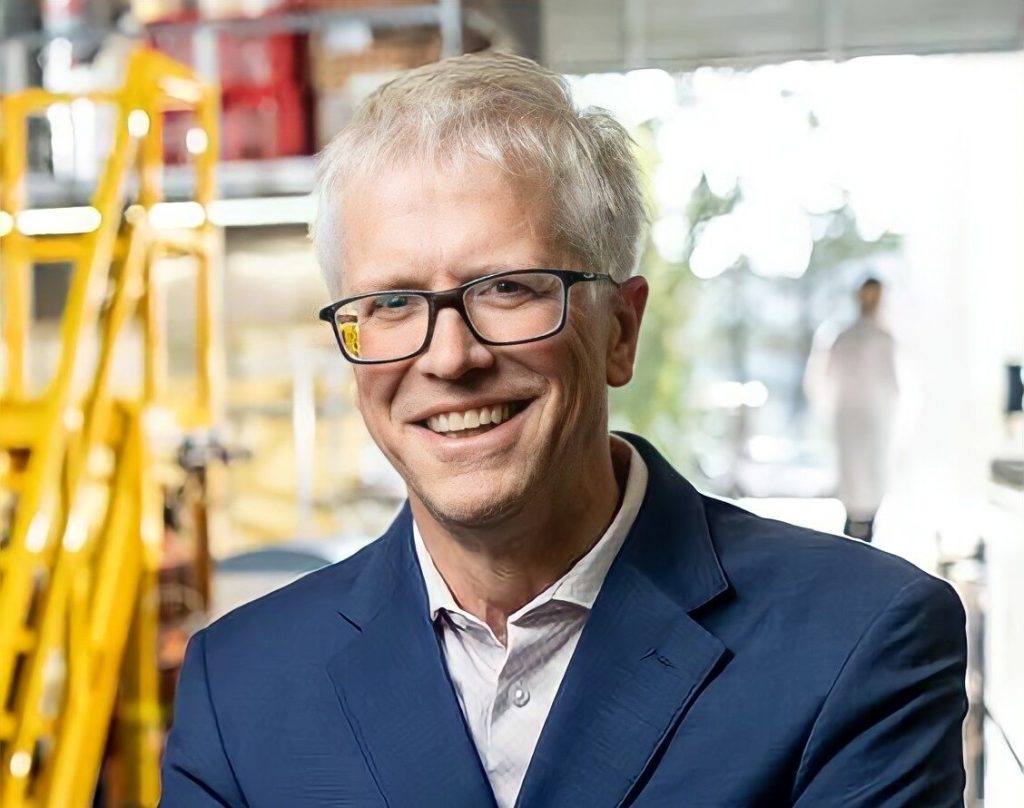At a time of rising geopolitical tensions, Canadians know we must act quickly to adjust our approach to the economy and national defence. We could cling to the boards and hope for the best—or we can move to open ice by developing resources and scaling high-potential technologies.
This country has two distinct competitive advantages: Canadian-produced critical minerals, and the domestic battery technologies they enable. Minerals such as lithium, graphite, cobalt, phosphate, and nickel are in-demand resources we can develop at scale, and our scientists and engineers are world-class in battery innovation. These are areas where Canada can secure a key place in the future global economy.
The game has changed, and we must adapt to stay competitive.

Consider our auto sector, a clear target of the Trump administration. Canada’s strategy has been to grind it out in the corners, hoping to maintain conventional auto plants. This strategy is defensible, considering internal combustion vehicles are our nation’s second-largest manufactured export. However, regardless of electric vehicle purchase incentive rollbacks in the United States, one-quarter of the number of cars sold globally this year is expected to be electric. By 2030, it will be closer to 40 per cent. We don’t need to walk away from gas-powered vehicle production overnight, but we shouldn’t treat it as the endgame.
Canada has the capacity to develop a full-scale battery ecosystem spanning critical minerals, processing, cell technology, and recycling. This is where global demand is accelerating, and countries are acting. The United Kingdom recently committed £500 million to battery innovation, and India is pushing to produce materials for EV batteries.
Our auto strategy must make Canada essential to the future of North American vehicle manufacturing. This is open ice.
Defence is another area where home-grown batteries and minerals can be crucial. Lithium-ion batteries are essential for technologies such as aerial drones and next-generation underwater vessels. Developing secure domestic mineral supply chains alongside the battery industry would strengthen this country’s ability to equip its armed forces, and position ourselves as a key player in the global defence supply chain. By providing high-performance battery materials and technologies, Canada can contribute meaningfully to the security of our allies and help reinforce NATO’s technological edge.
So, how do we find the open ice?

On critical minerals, Canada needs policies that reduce project risk, and to enable miners, processors, and investors to move faster. This includes a tailored financing strategy in the next federal budget, incentives for technology companies to source raw and processed materials domestically, and delivery on the promised “one window” approach to project approvals.
Governments should enable flow-through investing for mid- and downstream firms, and enact regulatory changes that curtail predatory trading. This will breathe new life into stagnant junior capital markets, and incentivize domestic investment in earlier-stage projects. Later-stage projects should be prioritized based on transparent criteria, such as off-take agreements, strong financing, and completed feasibility, and environmental assessments.
Canada should also examine building strategic mineral reserves to support initial off-take agreements and ensure supply chains remain resilient and sovereign. To close the gap with China, we need government to move at the speed of business.
Canadian-made battery solutions are essential to the future of our auto sector and defence capabilities, and for breakthroughs in energy storage and AI. All of these rely on an advanced battery ecosystem Canada has the expertise to build.
To seize this opportunity, the federal government needs a clear strategy to finance mining and refining of critical minerals, processing into battery active materials, and support domestic research, cell manufacturing, and commercialization.

Paired with an intellectual property strategy focused on areas of potential differentiation—like vertical integration, cost reduction, improved weather performance, safety, and recyclability—Canada could focus strategic investment in key areas of battery technology for both military and civilian use.
In uncertain times, we can either hold out for the whistle, or trust our skills and abilities to make plays in the open ice, where vision and execution are rewarded.
We’ve spent too long playing along the boards.
This is our breakout moment. If we take it by investing in the people, companies and natural resources that can deliver what the world needs in the years ahead.
Dan Blondal is CEO and founder of Nano One Materials.
Trent Mell is CEO of Electra Battery Materials.
Trevor Walker is president and CEO of Frontier Lithium.
The Hill Times
